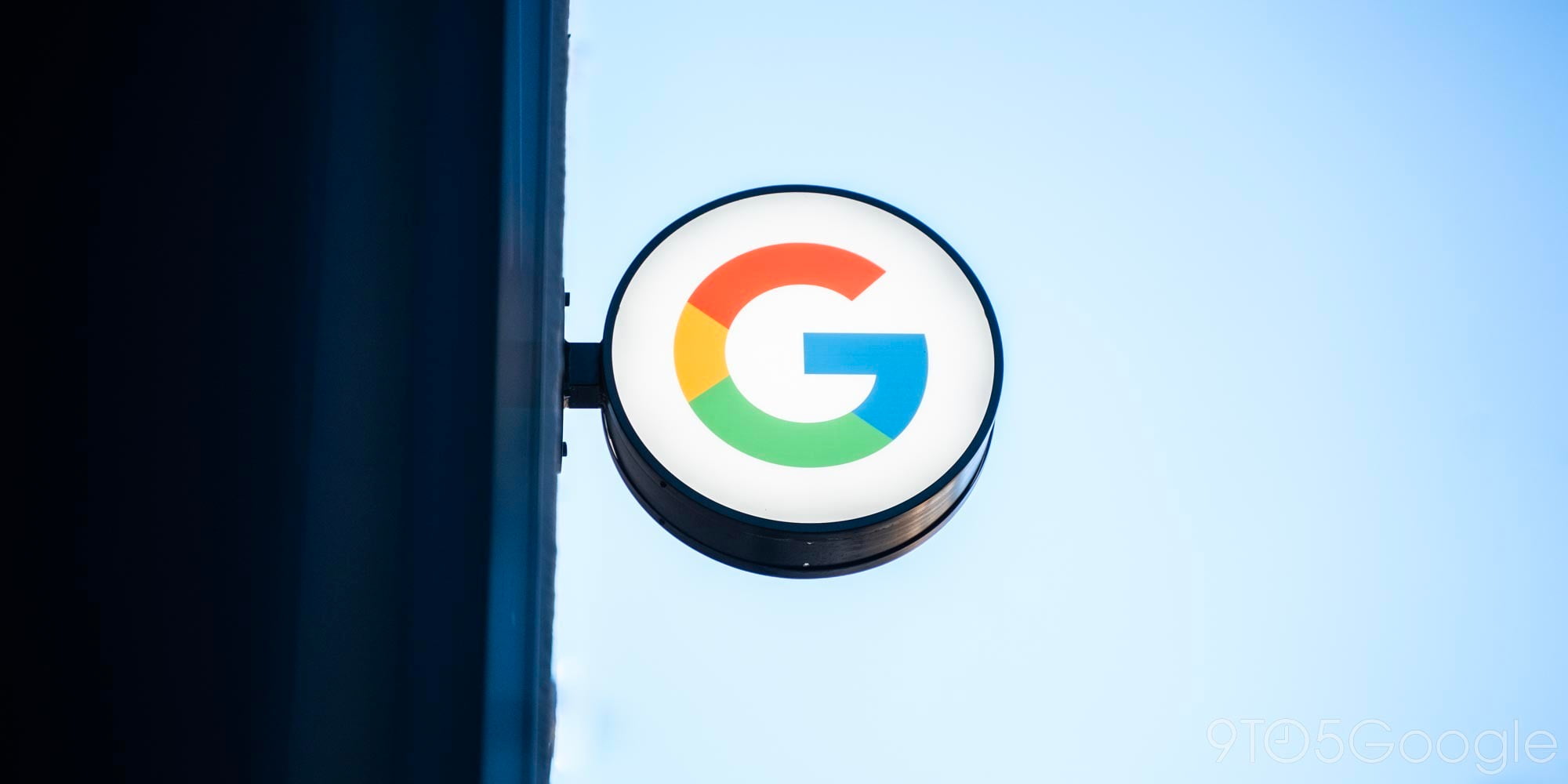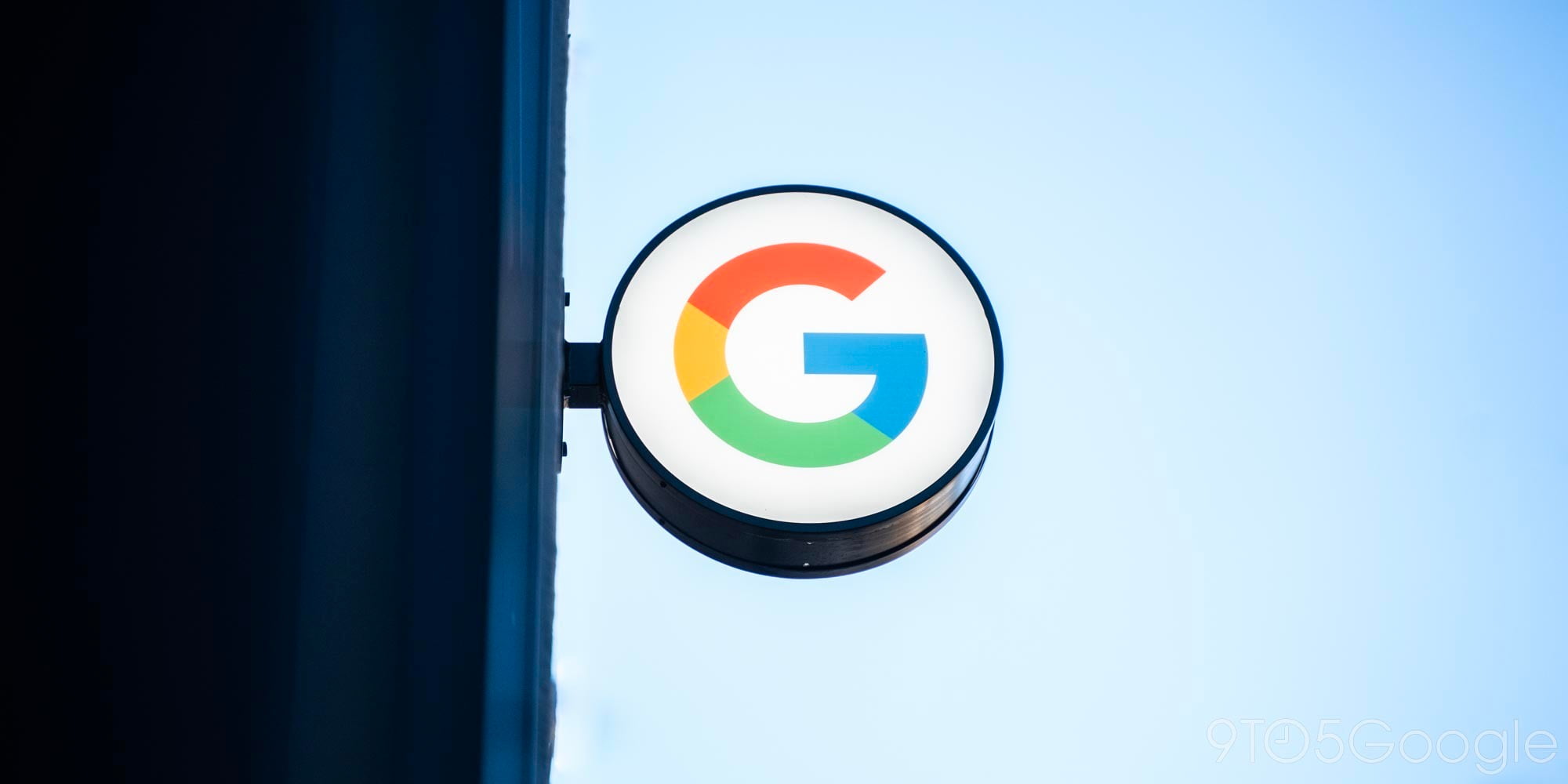

While Tesla’s fleet recently reached 222 million miles driven on Autopilot in about a year, Google’s fleet of self-driving cars just passed the 2-million miles mark last month after 7 years on the road. As we previously discussed, Tesla’s Autopilot miles are not really equivalent to Google’s self-driving miles, but it still gives us a good indication of the speed at which each company is deploying their semi-autonomous and autonomous programs.
Now Google is about to speed up its effort by deploying a lot more vehicles through its partnership with Fiat-Chrysler to build a fleet of self-driving Pacifica, Chrysler’s new plug-in hybrid minivan. The first few prototypes were spotted in Mountain View over the weekend.
Google is currently equipping a fleet of 100 Pacifica minivans with a new suite of sensors to test its self-driving system. The 100 prototypes will represent a significant addition to Google’s fleet which currently consists of only 24 Lexus Rx450h SUVs and 34 prototypes of its own design spread out in 4 cities: Mountain View, Kirkland, Phoenix, and Austin.
The first 6 minivans arrived at one of Google’s facilities in Mountain View and the company already equipped two of them with sensor suites and installed mounting systems on others.
With these new prototypes, Google is clearly trying to make its system more “commercialization-friendly”. The roof-mounted sensor suite is much smaller than the one on the Lexus Rx450h SUVs and the lidar sensor doesn’t stick out as much as on the small Google prototype car.
In pictures by Mario Herger, CEO of Enterprise Garage (reprinted on 9to5Google with permission), you can actually see sensors embedded inside the front fenders which are particularly interesting:
The new roof-mounted sensor suite is visibly a lot closer to the roof and features what appears to be radar antennas, lidar sensors and cameras.
The Pacifica is offered with a plug-in hybrid option equipped with a 16 kWh battery pack which allows for an all-electric range of 30 miles, according to the automaker. When announcing the partnership, Google confirmed that the hybrid option was of interest to the company because of its “robust electrical architecture”.
As Google deploys the new vehicles, the company is expected to rack up a lot more miles and get closer to finally commercializing its self-driving system – something it has been criticized for by former employees for not being in a hurry to do.
FTC: We use income earning auto affiliate links. More.




Comments